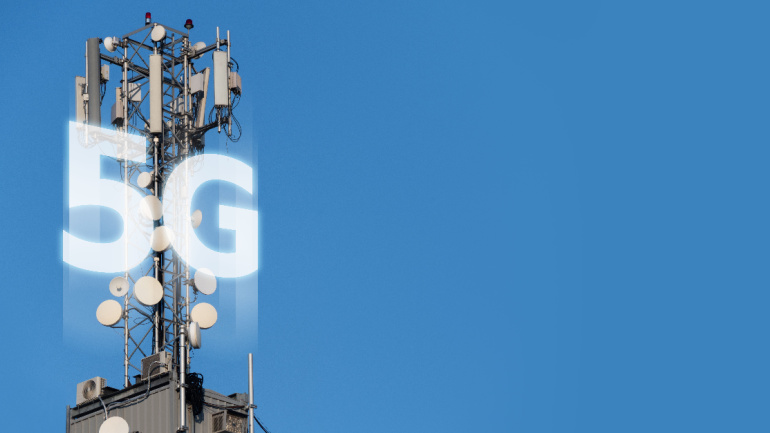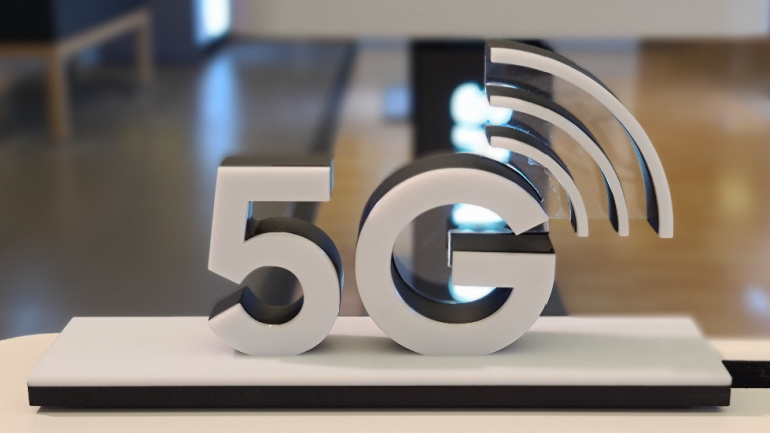Global mobile core network market’s slowest quarterly growth since 2017, according to Dell’Oro, is attributed to tough political and economic conditions and slower 5G network rollouts. Distinctively unstable trends mark the sector, with Huawei holding the lead in provider rankings for Q3.
5G technology is quickly escalating into an exciting, innovative space, largely due to a process called network slicing. This technique enables a vast number of dynamic network slices, each with unique attributes defined by its user. Despite being in the primary stages, an array of business opportunities are on the horizon like gaming, vehicle-to-everything (V2X), IoT, and mobile edge computing, as the technology advances. Critical remote services, such as remote robotic surgeries requiring ultra-reliability over latency, become possible with robust and reliable 5G slices.
Travelers and businesses at Edinburgh Airport can expect notably improved 4G and 5G coverage, courtesy of telecom giant Vodafone. This upgrade not only means faster data speeds and better call quality, but could also pave the way for exciting new services such as digital passport controls and contactless check-in. Despite the complex infrastructure involved, Exchange Communications assures the ensuing benefits will outweigh the cost.
The UK’s Department for Science, Innovation and Technology earmarked £36 million from its budget for 10 regions, highlighting a drive towards 5G innovation. Projects range from enhancing port operations to supporting advanced manufacturing and boosting tourism. However, an interesting aspect to note is the unique applications, including agricultural advancements in Sussex and the creation of 5G science parks in Oxfordshire.
As Great Wall Motors’ subsidiary, EA, surges ahead in the sphere of intelligent equipment and automated production, one can’t help but note its acceptance of a 5G advanced network, shaking off constraining wired networks of yore. The move is tipping the scales in favor of increased efficiency and dependability in the production line, opening a new chapter in China’s modernization.
As the year draws to a close, the Radio and Internet Services Department (RDI) is inching closer to launching private local spectrum licenses for enterprise clients. Set to equip them with the 3.5GHz spectrum and power the assembly of private 5G networks, this promises to transform sectors such as Virtual Reality and autonomous vehicles. However, some concerns have borne by airports and ports on fair allocation.
An enthusiastic exploration of advancing telecommunication technologies, particularly 5G and its bigger sibling, 5.5G, was recently exhibited by Huawei’s Antenna Business Unit President, Eric Zhao. Eric emphasizes how competent R&D pursuits are imperative to propel antenna performance, a critical aspect in 5.5G proliferation. He highlights the enhancement of user experience, operational efficiency and service extension as key objectives. Moreover, Huawei’s strides in working towards the goals of unrestricted deployment, zero signal loss, and ‘zero touch’ O&M demonstrate their ambition. Yet, the journey towards these ambitious targets is far from over.
As 5G Fixed Wireless Access (FWA) evolves with its next phase, 5G Advanced, worldwide research indicates growth and potential for higher speeds and reduced latency. The Middle East currently showcases impressive progress with over 1.6 million 5G FWA users. Yet, debates exist over its future, exploring whether 5G FWA will remain an affordable alternative to fixed broadband or tap into its speed for new applications. Moreover, cost is a concern for Customer Premises Equipment (CPE) devices, considered a current hurdle in advancing 5G FWA.
Almost half of Britain’s deprived rural areas lack access to 5G, according to a study by Vodafone. Urban communities fare better, but the digital divide remains significant. While this disparity supports Vodafone’s push for a merger with Three to improve coverage, government approval is still pending. Is this research merely a tactic to justify the merger, or does it genuinely highlight the urgent need for connectivity solutions in these regions?
Ofcom has cemented plans to propel UK’s 5G coverage by introducing the nation’s first millimetre-wave (mmWave) spectrum auction. This will span the robust 26GHz and 40GHz spectrum bands, targeting faster 5G speeds across 68 UK towns and cities. Interestingly, mmWave 5G promises impressive speed and capacity upgrades, but struggles with range and penetrability, making it ideal for densely populated areas. The auction awaits a verdict on a key industry merger before commencement.













